ABOUT THE AUTHORS
W. C. McRae
Bill McRae was raised in the badlands of eastern Montana, in a ranching community noted for Old West nonconformity and lawlessness. Its no wonder that he was on the run for most of his university years: from Montana to Scotland, on to France, back to Canada, and then to England. This wayward youth didnt help him much in the job market; over the years he has worked in jobs as varied as bookstore manager, catering chef, tile setter, remodeler, bartender, and bovine artificial inseminator. Nearly all these jobs subsidized him at one time or another while he struggled to establish himself as a writer.
Bills first travel guide was Moon Montana, and of all his books it remains his favorite. He grew up in an immigrant family steeped in the history of Montanaone grandfather of Prussian Jewish extraction helped push the railroad across central Montana, while another emigrated from Scotland to start a sheep ranch in the Big Dry Country. The matriarchy had its own stories of emigration, homesteading, and the Great Depression. This confluence of traditions meant a youth spent listening to family tales. Bill grew up in a household rich with sagas: the early railroad, friendships with Charlie Russell, open-range cowboys, sheepherders, outlaws, and cattle drives. For this son of the West, capturing the essence of Montanas rugged yet courtly spirit was both a challenge and a therapy.
Bill is the co-author of several travel guides, including Moon Utah, Moon Zion & Bryce, Moon Oregon, and Moon Coastal Oregon (all with Judy Jewell). He has written for Frommers, Lonely Planet, and Mobil Guides, and has provided content for 1000 Places to See in the USA and Canada Before You Die. He has also edited books for National Geographic and provided content for websites like GORP. com and Expedia.com.
Bill makes his home in Portland, Oregon.
Judy Jewell
Judy Jewell was born and raised in Baltimore, Maryland, where crossing a busy street was a typical outdoor adventure. She headed west right after she broke her right leg falling from a tree house at a camp where she worked. A small cash settlement prompted Judy to buy a cross-country Amtrak pass, pack up her stuff, and move to Portland, Oregon.
Not long after that, in 1978, Judy made her first visit to Montana. By accident. On a freight train. It now occurs to her that she mustve been a little wild back then. And it occurs to her friends that shes still somebody who goes out of her way to... well, go out of her way.
Back on track in Portland, Judy graduated from Reed College and worked as a Forest Service grunt, pizza maker, and womens health-collective staff member. Then she found herself at Portlands renowned Powells Books. Judy worked there, as a book buyer and manager, for 14 years. It was during this long stint that Judy and co-worker Bill McRae realized some of the books they were selling would look a lot better with their names on them.
In addition to Moon Montana, Judy is the author of several guidebooks, including Moon Utah, Moon Zion & Bryce, Moon Oregon, and Moon Coastal Oregon (all with Bill McRae). When she is not writing about the outdoors and travel, she works as a technical and scientific editor and a yoga teacher in Portland, Oregon.
MAP SYMBOLS
CONVERSION TABLES
Compared to much of Montana, the northwestern part of the state is wet, forested, and populous. Though this is relative: The main city, Missoula, has only 66,000 inhabitants, receives no more than 13 inches of rain in an average year, and is only particularly well-forested in the Rattlesnake corridor. Much of this corner of the state has been voraciously logged, and the climate is too harsh for seedling trees to easily reforest the clear-cut areas.
The other common perception about northwestern Montana is that its a recreationalists dream come true. That it is: Not only is it the gateway to Glacier National Park, but there are fishing areas, hiking trails, and public campgrounds galore, particularly in the national forests.
For many visitors, this is archetypal Montana; these beautiful lakes and soaring mountain peaks are what you came here for. However, youre not alone. The late 1990s and early 2000s saw burgeoning growth in this area, particularly in the Flathead Valley, so be prepared to share this corner of Montana with quite a few others.
Northwestern Montanas topography is characterized by a series of forested mountain ranges (the Cabinets, Missions, Bitterroots, Flatheads, Salish, Whitefish, Purcells, and Swans), running generally northwest to southeast, and the valleys that separate them. Although this is a mountainous area, its not particularly high by Montana standards; Montanas lowest spot (1,892 feet) is where the Clark Fork River enters Idaho near Troy in the states northwest corner.

 Hiawatha Mountain Bike Trail: This 15-mile trail along a former railroad runs gently downhill from its start at Lookout Pass, and passes over trestles and through tunnels. Most riders catch a shuttle for the return trip ().
Hiawatha Mountain Bike Trail: This 15-mile trail along a former railroad runs gently downhill from its start at Lookout Pass, and passes over trestles and through tunnels. Most riders catch a shuttle for the return trip ().
 St. Ignatius Mission: Built in 1854, the St. Ignatius Mission was the second Catholic mission in Montana. Inside the more modern (1891) brick church, lovely murals painted by the mission cook very sweetly illustrate scenes from the Bible ().
St. Ignatius Mission: Built in 1854, the St. Ignatius Mission was the second Catholic mission in Montana. Inside the more modern (1891) brick church, lovely murals painted by the mission cook very sweetly illustrate scenes from the Bible ().
 National Bison Range: Obviously bison are the main attraction, but come prepared to see bighorn sheep, pronghorn, elk, mule deer, white-tailed deer, and mountain goats as well. Even if all the animals are in hiding, the land, the sky, and the light are beautiful here ().
National Bison Range: Obviously bison are the main attraction, but come prepared to see bighorn sheep, pronghorn, elk, mule deer, white-tailed deer, and mountain goats as well. Even if all the animals are in hiding, the land, the sky, and the light are beautiful here ().
 Jewel Basin Hiking Area: Unlike many wilderness areas, the trails here are relatively easy to reach and suitable for day hikes. Lakes stud the basin; the meadows are strewn with Indian paintbrush, bear grass, fireweed, and showy daisies; and there are great views of Flathead Lake ().
Jewel Basin Hiking Area: Unlike many wilderness areas, the trails here are relatively easy to reach and suitable for day hikes. Lakes stud the basin; the meadows are strewn with Indian paintbrush, bear grass, fireweed, and showy daisies; and there are great views of Flathead Lake ().
 Conrad Mansion: This 1895 Kalispell mansion is considered one of the best examples of late-19th-century Pacific Northwest architecture ().
Conrad Mansion: This 1895 Kalispell mansion is considered one of the best examples of late-19th-century Pacific Northwest architecture ().


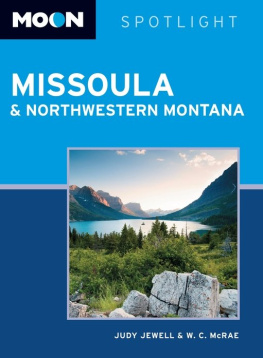

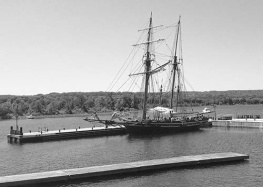
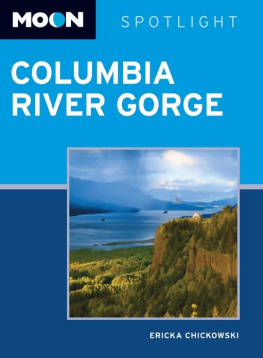
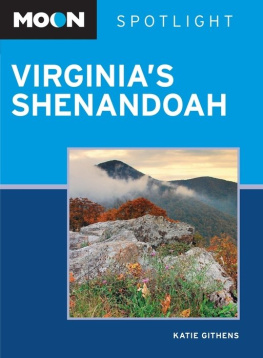
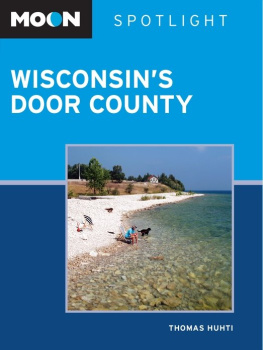
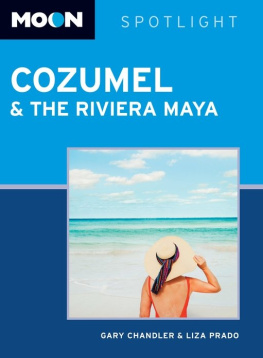
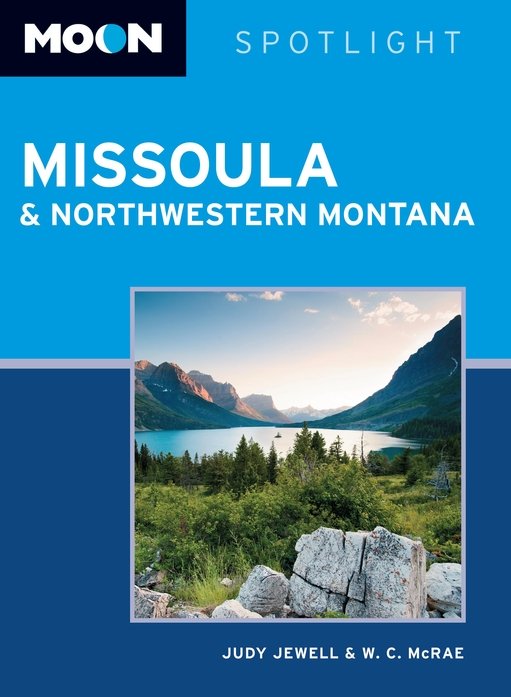

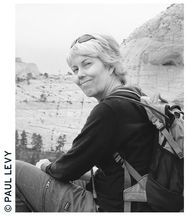
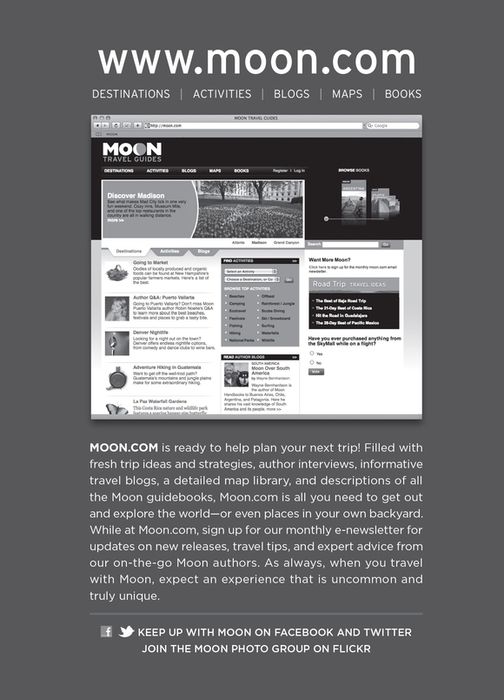
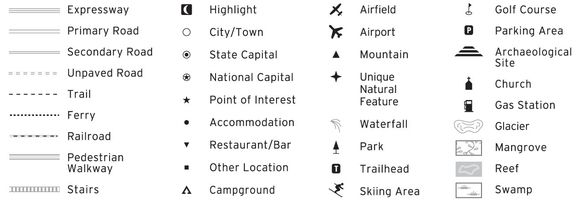


 Hiawatha Mountain Bike Trail: This 15-mile trail along a former railroad runs gently downhill from its start at Lookout Pass, and passes over trestles and through tunnels. Most riders catch a shuttle for the return trip ().
Hiawatha Mountain Bike Trail: This 15-mile trail along a former railroad runs gently downhill from its start at Lookout Pass, and passes over trestles and through tunnels. Most riders catch a shuttle for the return trip (). St. Ignatius Mission: Built in 1854, the St. Ignatius Mission was the second Catholic mission in Montana. Inside the more modern (1891) brick church, lovely murals painted by the mission cook very sweetly illustrate scenes from the Bible ().
St. Ignatius Mission: Built in 1854, the St. Ignatius Mission was the second Catholic mission in Montana. Inside the more modern (1891) brick church, lovely murals painted by the mission cook very sweetly illustrate scenes from the Bible (). National Bison Range: Obviously bison are the main attraction, but come prepared to see bighorn sheep, pronghorn, elk, mule deer, white-tailed deer, and mountain goats as well. Even if all the animals are in hiding, the land, the sky, and the light are beautiful here ().
National Bison Range: Obviously bison are the main attraction, but come prepared to see bighorn sheep, pronghorn, elk, mule deer, white-tailed deer, and mountain goats as well. Even if all the animals are in hiding, the land, the sky, and the light are beautiful here (). Jewel Basin Hiking Area: Unlike many wilderness areas, the trails here are relatively easy to reach and suitable for day hikes. Lakes stud the basin; the meadows are strewn with Indian paintbrush, bear grass, fireweed, and showy daisies; and there are great views of Flathead Lake ().
Jewel Basin Hiking Area: Unlike many wilderness areas, the trails here are relatively easy to reach and suitable for day hikes. Lakes stud the basin; the meadows are strewn with Indian paintbrush, bear grass, fireweed, and showy daisies; and there are great views of Flathead Lake (). Conrad Mansion: This 1895 Kalispell mansion is considered one of the best examples of late-19th-century Pacific Northwest architecture ().
Conrad Mansion: This 1895 Kalispell mansion is considered one of the best examples of late-19th-century Pacific Northwest architecture ().